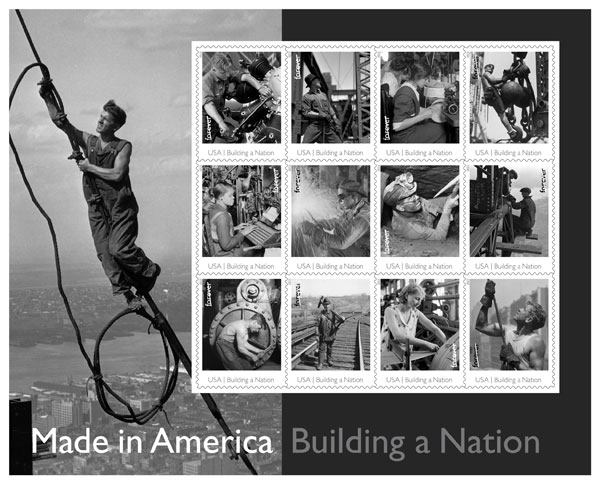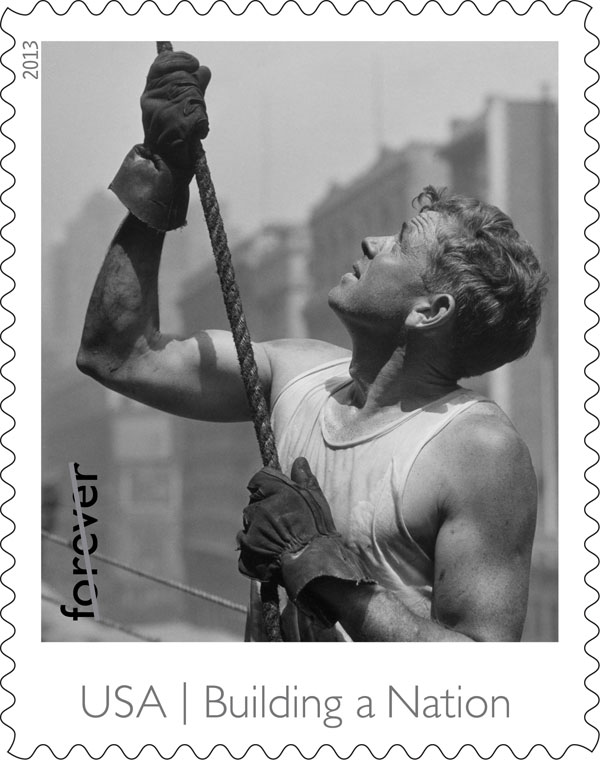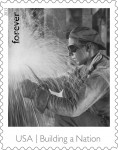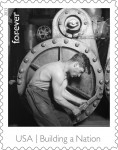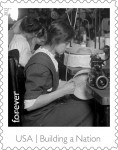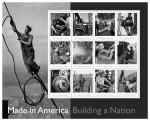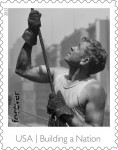“In 1938, aided by widespread publicity from Hine’s photographs, Congress passed the Fair Labour Standards Act that, in part, established more stringent child labour regulations.”
The 56-year-old man who appeared at the Empire State Building construction site in New York on a spring day in 1930 probably failed to impress the workers he’d been hired to photograph. The 4×5 Graflex Lewis Wickes Hine carried seemed outsized in his hands, yet the photographer surprised the ironworkers—whom Hine christened the “Sky Boys”—by scaling the dizzying heights alongside them to capture what today stand as some of the most arresting documentary images made.
In order for Hine to obtain the best vantage points, he would often swing out in a specially designed basket 1000 feet above ground. Thus, he managed to capture, as no one had before. Everything about the Empire State Building was as astonishing as Hine’s photos. From its completion in 1931 until construction of the World Trade Center’s North Tower in 1972, it stood as the world’s tallest building. Today, it still ranks as the 23rd tallest skyscraper in the world. At 102 floors and a height of 1250 feet, the building was constructed in just 410 days—completed three months early and greatly under budget because of reduced construction costs during the Depression. Before Hine’s camera, the ironworkers raised 57,000 tons of steel in just six months, almost 50 percent more than used in the Chrysler and Bank of Manhattan buildings combined.
Yet Hine almost didn’t take the job. Until that time, he’d focused his camera primarily on the evils of child labour. After quitting his teaching job at the Ethical Culture School two decades earlier, Hine had applied photography to exposing the plight of child labourers. In tackling the Empire State Building assignment, he would prove to be as brave and resourceful as he did in documenting child labour abuses.
The National Child Labour Committee (NCLC) hired Hine in 1908 to document the widespread and gross violations of existing labour laws, supposedly designed to protect children. During his years of photographing child labour in coal mines in Pennsylvania and cotton mills in South Carolina, he often posed as a Bible salesman or insurance agent to gain entry, then slipped away before he could be discovered and beaten up. The haunting portraits Hine brought back revitalised child labour laws and made him the pre-eminent practitioner of socially conscious photography of the period. By 1938, aided by widespread publicity from Hine’s photographs, Congress passed the Fair Labour Standards Act that, in part, established more stringent child labour regulations.
The 12-stamp “Made in America: Building a Nation” sheet released in August by the United States Postal Service (USPS), while presenting 10 of Hine’s images, is focused more broadly. “We receive thousands of letters each year with stamp requests, including ones from coal, steel and other industries. The stamp sheet is an ideal way to honour a variety of industries and represent the men and women who helped build our country through their hard work,” according to a USPS spokesperson.
About the stamps, USPS Art Director Derry Noyes said, “In selecting images, I chose to highlight the dignity of hard labour that ordinary American citizens did day in and day out. The images also contribute to the pride Americans have about how we built our nation. Lewis Hine documented this better than anyone. His are powerful and beautiful portraits.”
Four of the 10 Hine images are from the Empire State Building series—six came from his series of work portraits. The other two photographs on the sheet were done by Margaret Bourke-White (“The Welder”) and an unidentified photographer (“The Coal Miner”). The latter was acquired from the Kansas State Historical Society.
If you would like to purchase some of these stamps follow the link here.
Information: Shutterbug






